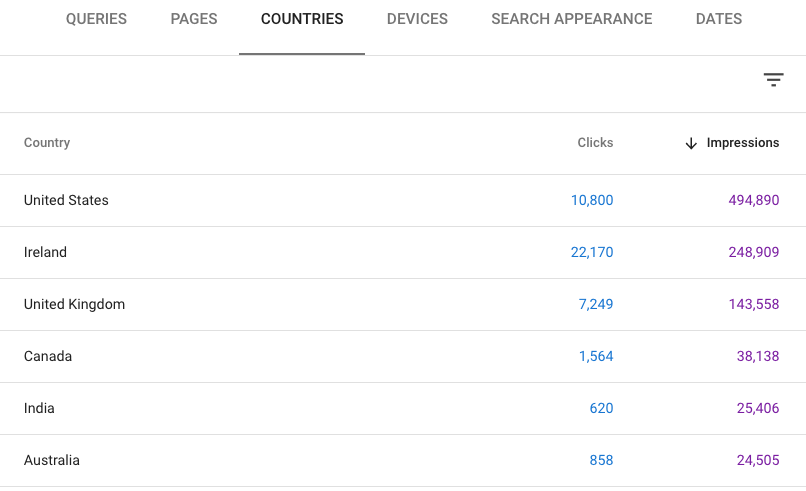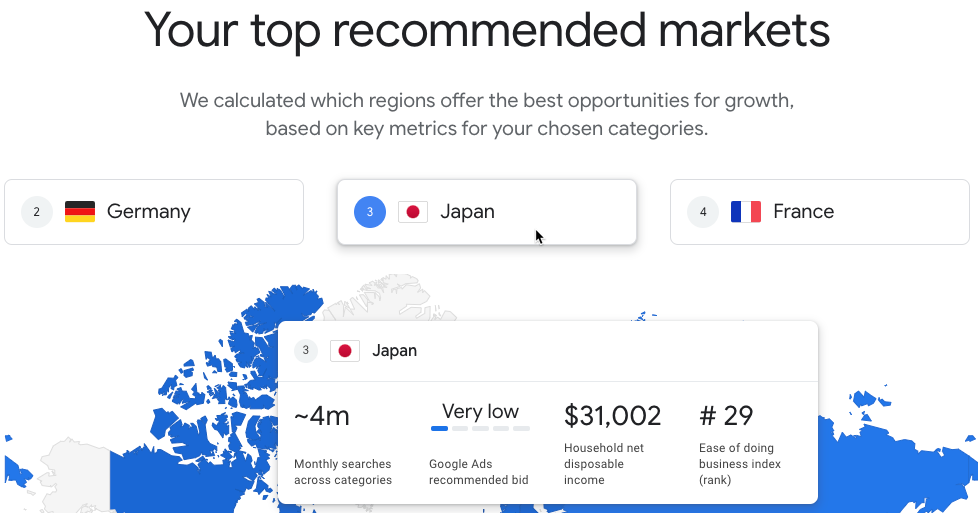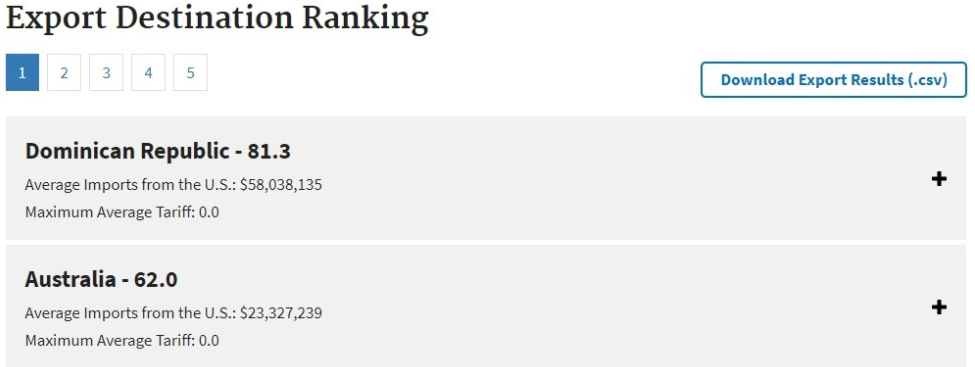Despite all of the challenges COVID-19 brought with it, we can agree that it accelerated ecommerce growth across the globe.
As cities and entire countries locked down, billions of digital consumers looked for ways to get goods and services not only domestically but globally.
This growth not only in local but cross-border ecommerce creates significant opportunities for companies and marketers willing to connect with these shoppers.
In this column, you’ll discover 5 proven ways to find customers in other countries as you expand into new international markets. But first, let’s take a look at the opportunity ahead of you.
Growth in Cross-Border Ecommerce Driven by Thriving New Markets
Total cross-border ecommerce grew by 22% in 2020 with a 46% month-over-month jump in June. What’s more, ecommerce’s share of total global retail trade increased to 17%.
The greatest shifts to online shopping came from consumers in emerging economies as reflected in a significant increase in transactions in online marketplaces.
Latin America’s nearly 60% growth came primarily from Mercado Libre selling twice the volume of 2019. Africa’s Jumia reported a 50% increase, and Indonesia’s JD.ID also doubled revenue-generating over $1.5 billion during the lockdowns.
In nearly every market surveyed, more than 60% of shoppers planned to continue shopping online once the pandemic subsides with 55% of shoppers indicating they have purchased from at least one other country.
Now, how can you identify prospective customers in these markets so you can expand into new countries?
1. Check for International Traffic & Sales
The obvious first step is to look at your sales and traffic by country in analytics and Google Search Console.
This screen capture is for a small ecommerce site only targeting the US. The top 6 markets searching and clicking are all English speaking and strangely, they get more traffic already from Ireland than their main market.
They can use this information to tune the site and currency for the Euro and British Pound and potentially turn these clicks into sales.

In this example, the site is not getting many clicks from Australia, Canada, and India but the impression numbers indicate there may be interest in those markets.
You can click into any of these market reports and then keywords to get a sense of how people are searching and if they are actually looking for products similar to what you sell.
2. Google Market Finder
The Market Finder tool leverages a number of Google’s products to identify potential markets based on multiple factors. It starts by crawling your website and gathering product category information that you can confirm when it completes.
Once you add or remove any additional categories it will leverage search volume as well as a number of other data sources to identify potential markets.
It will give you an estimate of the number of searches, how competitive paid ads are, and how difficult it may be doing business in that country.
They also offer a number of best practices to expand globally and of course encourage you to connect with Google’s Market Expansion team to start targeting new markets.

3. Market Diversification Tool
Another excellent tool for your research is the US Trade Department’s Market Diversification tool. This option uses 11 key trade indicators to provide its recommendations.
To use this tool you need to know the harmonized codes for the products you wish to export. If you don’t know them they have a search engine to help you find them. The harmonized code is what makes it so powerful.

All products are classified with these codes and once provided the system can tap into vast sets of trade data related to that product category to make recommendations.
The first three factors are product specifics based on the harmonized code. It includes how much of this type of product has the country historically imported from the U.S., is the potential market ready for more exports of this product, and what tariffs you may face importing your products into this market.
The other eight indicators are country-level indicators reflecting whether potential export markets are good markets for exporting and doing business.
They vary from various costs to import and process a shipment through customs, to the quality of the logistics infrastructure and how easily you can resolve any contract disputes.
4. Leverage Government Resources
Once you have identified the target market(s) taking the next few steps can be challenging, but don’t need to be if you reach out to various free government resources to help take you on the next step of your assessment.
Most countries have various government offices to help with international expansion. In the United States, there are multiple state and local government agencies that can provide assistance to US-based businesses of any size.
These agencies offer free webinars and experienced trade specialists to help you get started. If you run into any challenges they are also great at leveraging “commercial diplomacy” to get items out of customs or tariff adjustments.
To help with the costs of getting started, the US Small Business Administration works with state organizations to offer STEP grants. These can help offset the costs of localizing and optimizing your websites for international sales.
5. Regional or Country Marketplaces
If you are not ready to deal with shipping, taxes, and the general complexities of international sales, then marketplaces may be the way to go. Based on the Market Finder outcomes, you can then identify popular marketplaces in those markets.
Amazon’s Global Seller program currently offers marketplaces targeting 16 countries and a lot of resources to get you started and removes a lot of the learning curve selling internationally.
If you want to target Latin America, Mercado Libre is the largest marketplace in the region and also has a Global Seller program providing access to 18 countries.
There are similar marketplaces in Asia with Rakuten Ichiba reaching 111 million Japanese buyers and Tokopedia in Indonesia with 80 million active subscribers.
Conclusion
It is much easier now for businesses to leverage both their own data and numerous data repositories to identify new markets, many of which you may never have considered without having the data to point you in that direction.
You can start out in English and target countries where there is already interest. These new markets may be relatively easy to do business in, and it could be easy to ship to and grow from there.
Be sure to reach out to the various government agencies who are actively trying to help businesses find new markets to help them grow by exporting.
I hope that you will try some of these tools and find new markets for your products.
More Resources:
- Taking Paid Search Global: How to Develop an Effective Strategy
- How to Build & Scale a Program for Global SEO Success
- International SEO and SEM Fundamentals
Image Credits
All screenshots taken by author, June 2021





